

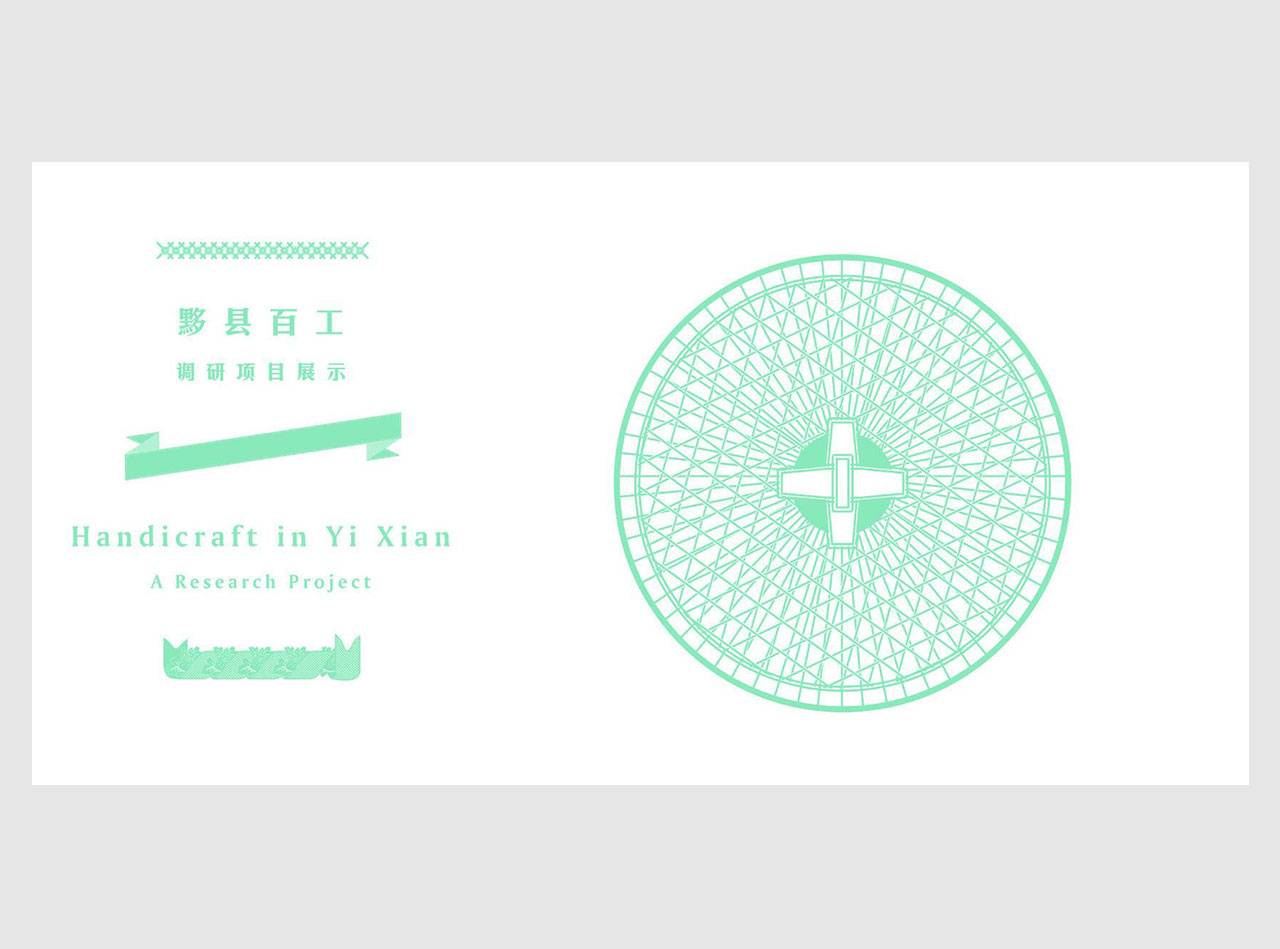

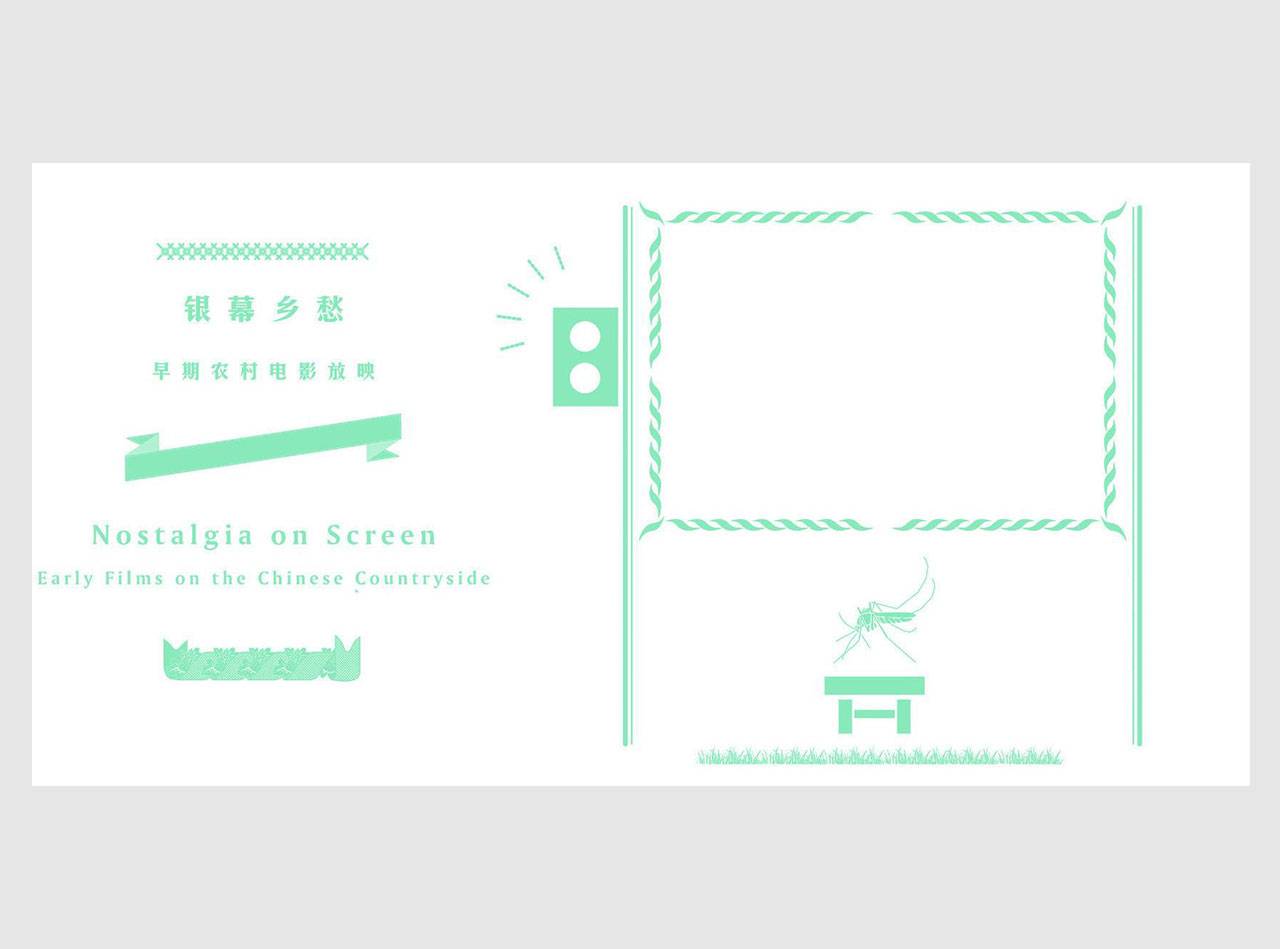
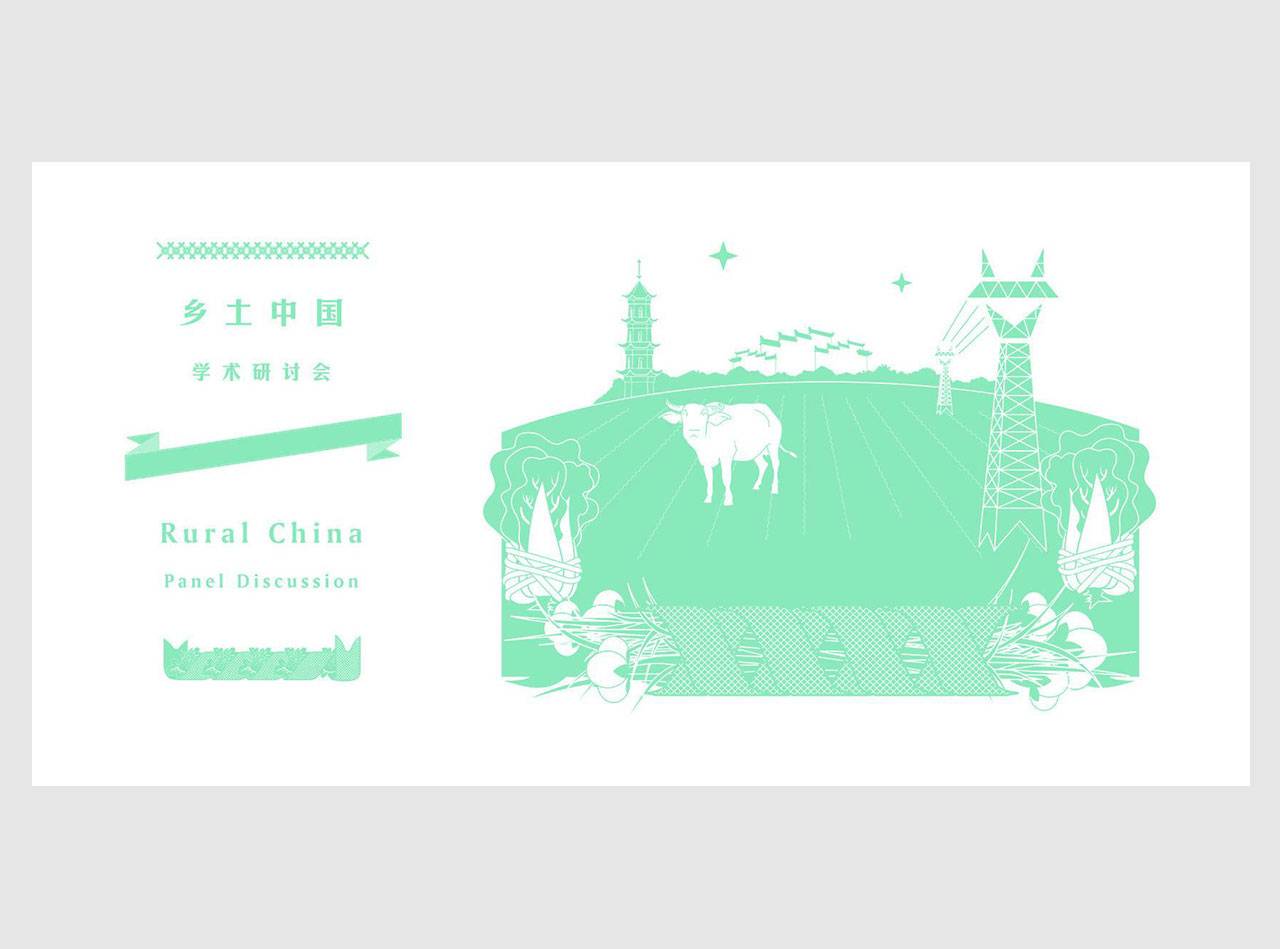
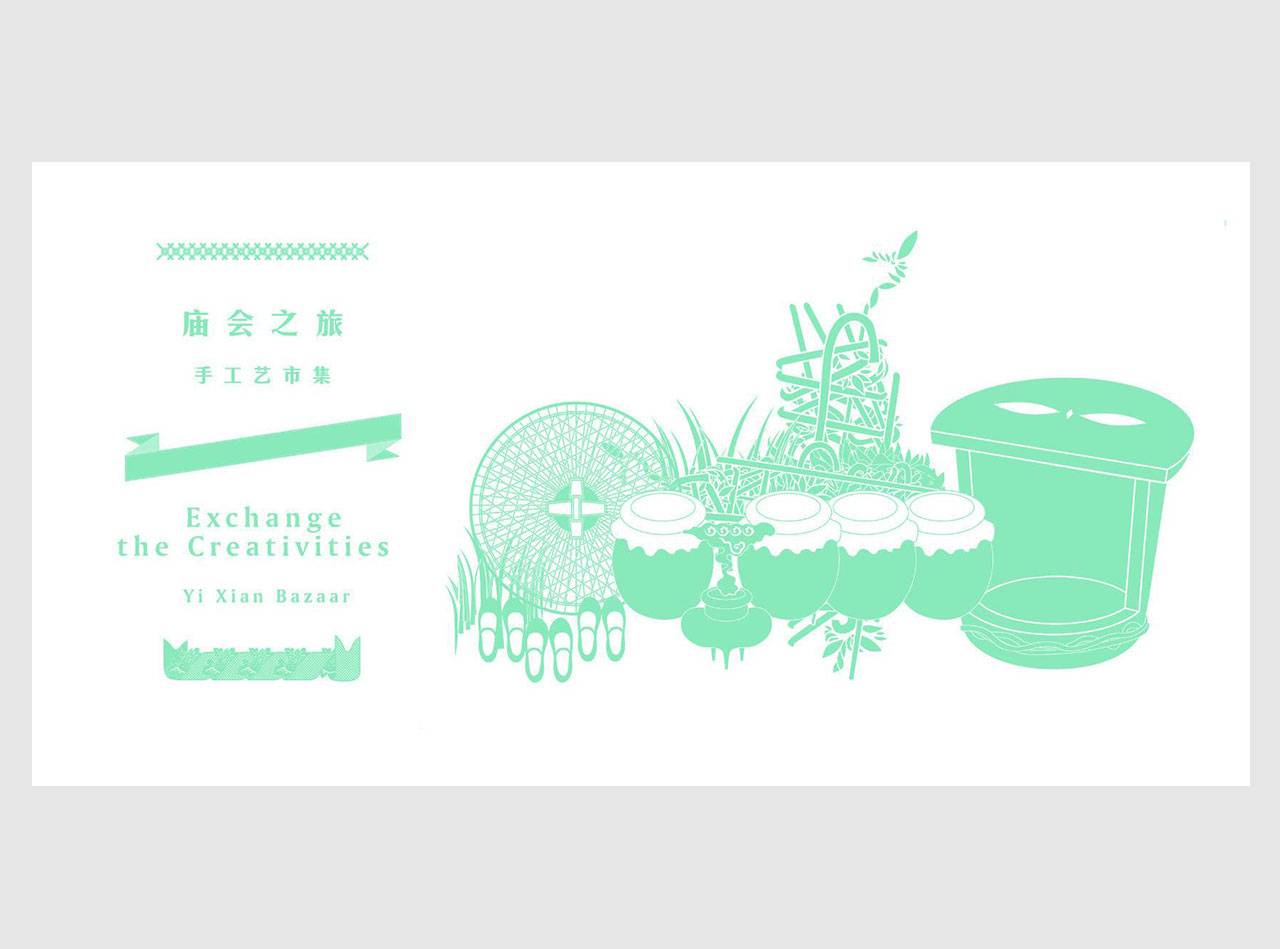
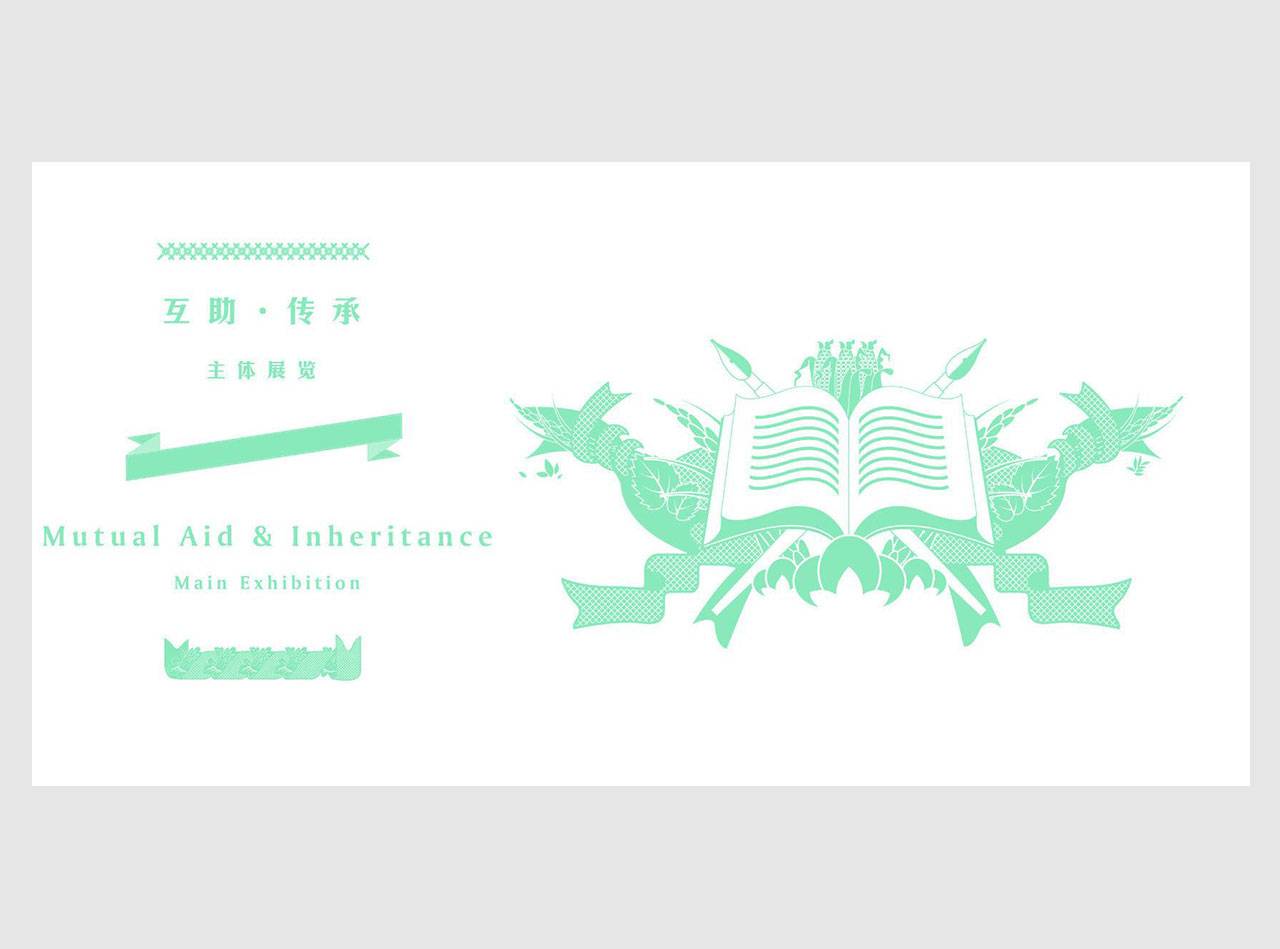
 year: 2012
year: 2012
category: visual campain
dimensions: various
client: Yi Xian
Engagement with Western influences is a recurring motif, a thread running through the work of many artists and graphic designers in the Far East: the negotiation between the influence of Western cultures and the different value systems of modern Asia. In China, where, alongside recent and immediate history, a positively overwhelming tradition exists, from the Kuomintang to Mao, plus the development into a financial world power and factory floor of the world economy, this relationship is particularly complex. The truism that Chinesesociety is experiencing a time of great upheaval appears quite understated, barely doing justice to the scale of the situation.
One of the most conspicuous implications of the economic upturn in Chinaover the course of globalisation is people leaving rural areas—a phenomenon to which Ou Ning’s project Bishan Harvestival isdedicated. This three-day cultural festival in the rural community borrows its form from a traditional harvest thanksgiving festival. However, alongside musical and artistic performances, film, and poetry workshops, it also presents the results of collaborations of local craftspeople with Chinese artists and designers. For this project, Xiao Mage and Cheng Zin developed a poster signboard campaign characterised by retro motifs and at first glance reminiscent of agitprop motifs from the Mao era. Instead of the candy-coloured happy workers and farmers, however, Xiao Mage gave his motifs an almost sombre colour scheme of peppermint green on white, with no representations of people. For the announcement of a “Rural China Panel Discussion”, he composed a heavily stylised landscape with power masts, ploughed furrows, a temple, and a centrally-placed cow, looking wide-eyed and almost foolishly out of the picture, garlanded with two bundles of pak choi and a string of flowers. Another poster, which features no text at all, looks almost like an alphabet of ornaments. There are plant tendrils, twining flowers, wreaths and bands of leaves, with other similar collected graphic ornamentations. All of these are harvest motifs that also signify tokens of honour. This accumulation of pure decoration creates a postmodern ensemblethat gives a definite impression of irony.
“It’s not about nostalgia. We are drawn to the inner passion”, the designer explains in his IDEA interview, adding that: “…whilst the third generation (of Chinese graphic designers) was commerciallysuccessful and set out to change the aesthetic perceptions of people of all classes of society to bring them further into a state of community, fourth-generation designers are too focused on very niche cultural projects.”
Xiao Mage and his partner clearly have greater ambitions relating to Chinese society as a whole, which locate them within the canon of values of their university after all. This can be seen both in their projects and in their essential attitude to their own work. This includes their choice of projects, their clear concepts, graphics that are rich in references and joyously detailed, and complex, high-value printing processes, and also the very heart of their creative approach. The way they convey their ideas about memories and emotions means that their graphic works are not a “high” experience, and this potentially allows them to reach a wider audience, outside of any cultural niches. Andreas Schlaegel











